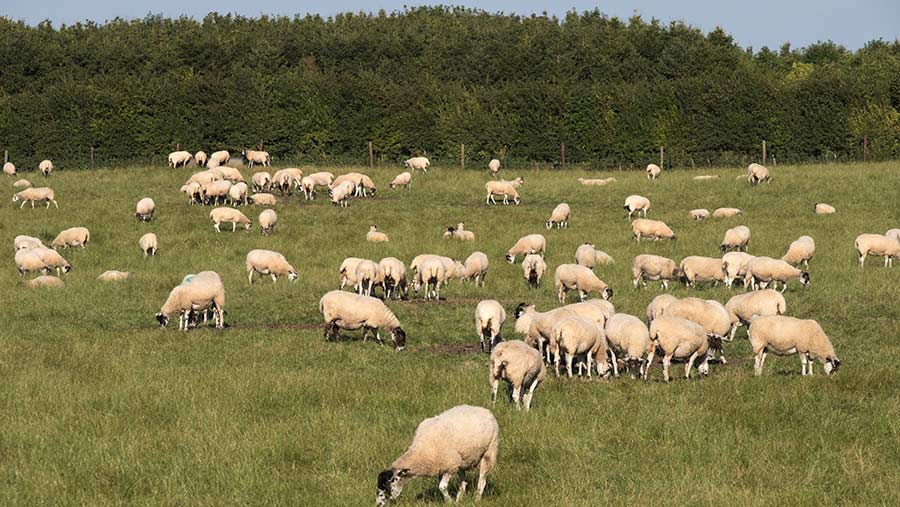Business Clinic: How does livestock theft cover work?
 © Tim Scrivener
© Tim Scrivener Whether you have a legal, tax, insurance, management or land issue, Farmers Weekly’s Business Clinic experts can help.
Rory Gibson, regional director, A-plan Rural Insurance, outlines what to consider on livestock theft cover.
See also: Business Clinic: advice needed on reviewing farm machinery cover
Q: There have been some livestock thefts in our area recently. Is theft automatically covered on farm insurance and will it cover the cost of any lambs and calves I would have had from stolen stock?
A: Becoming a victim of crime – whether it’s rustling, stolen machinery or even cyber – can be hugely disruptive, costly and stressful.
At A-plan Rural, we’ve seen a rise in insurance claims for livestock thefts, and police forces in some areas have been reporting an increase in this crime, too.
First, it’s worth a reminder of some simple but essential measures to prevent theft in the first place.
Much of it is common sense, but it can be easily overlooked during a busy lambing season or during the typical livestock farmer’s non-stop day:
- Check the security and condition of boundary fencing regularly and make repairs before they become a breach
- Make your animals more easily identifiable by using ear tags, horn brands, freeze marking or tattooing
- Close and lock gates – this sounds obvious but is not always routine
- Add security collars to gate hinges so gates cannot be lifted off by thieves
- Ensure cattle grids are removable and locked out of position when they’re not in use
- Consider locking posts, bollards or similar to obstruct large openings to yards
- Consider installing CCTV.
The right insurance
Don’t always assume that protection against livestock theft is automatically included in a farm insurance policy. This isn’t always the case.
If you do have theft cover it will usually cover theft, attempted theft and unexplained disappearance of animals.
When insuring livestock, for theft and all other covers, you should consider two parts:
1. The breeding stock
This will usually be insured under a specific livestock section of the policy. You can choose cover against scenarios such as theft, fire, weather-related losses, straying, lightning strike, disease and others.
In the event of a claim, you’ll be compensated for the value of the animals lost, but not the young that they would or could have produced.
2. The offspring
Lambs and calves you would have had from stock that has been stolen should be insured under the Loss of Revenue section, also known as Business Interruption.
This will ensure they are covered whether they have been born, are yet to be born or aren’t yet on the way. Again, the cover is not automatically included, and theft cover is only one of many covers available.
When deciding on the length of cover, bear in mind 12 months may not be long enough to replace the breeding stock and start delivering produce again; 18- or 24-month cover may be more appropriate.
More than just rustling
Criminals aren’t just targeting livestock; millions of pounds worth of machinery is stolen from farms each year, too.
So, alongside protection against livestock theft, it is also worth reviewing what insurance cover you have for theft on the farm, the buildings and your equipment.
Theft is an elected cover, so if you would like cover for the buildings that may be broken into, or the tools and machinery that are used in conjunction with the farming operation, be sure to request this from your broker.
The advice above applies equally effectively and can be reinforced with trackers, steering locks and alarms.
Do you have a question for the panel?
Outline your legal, tax, finance, insurance or farm management question in no more than 350 words and Farmers Weekly will put it to a member of the panel. Please give as much information as possible.
Email your question to FW-Businessclinic@markallengroup.com using the subject line “Business Clinic”.
